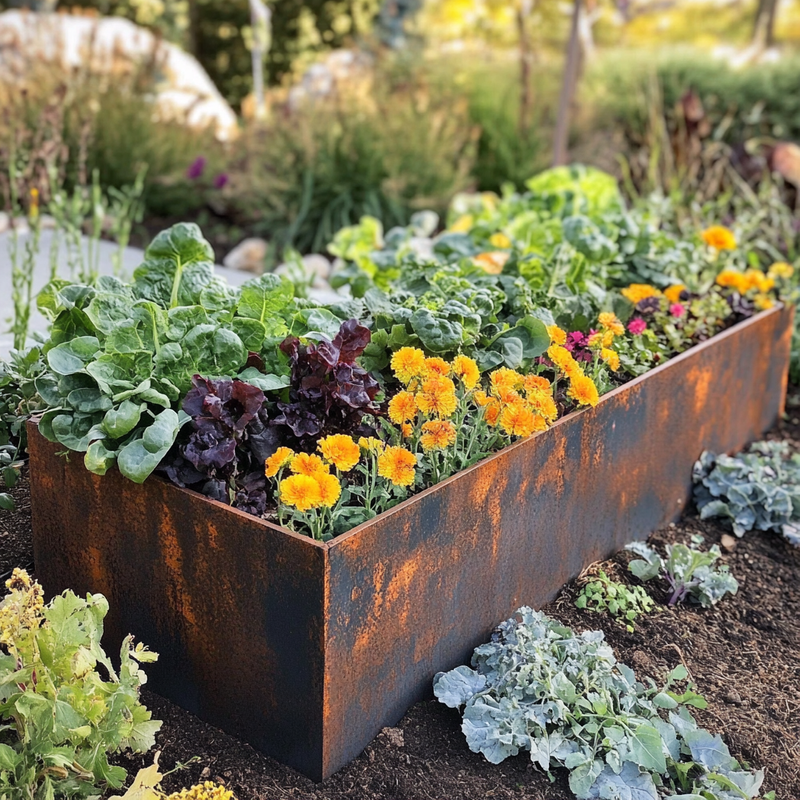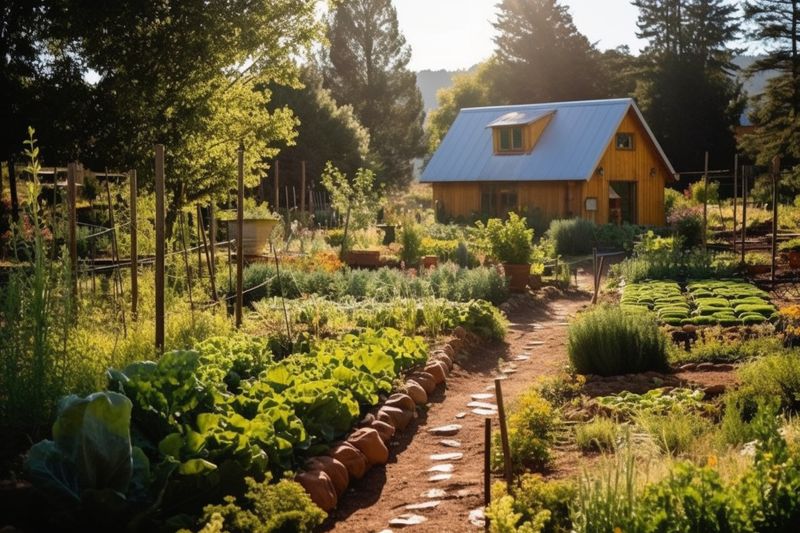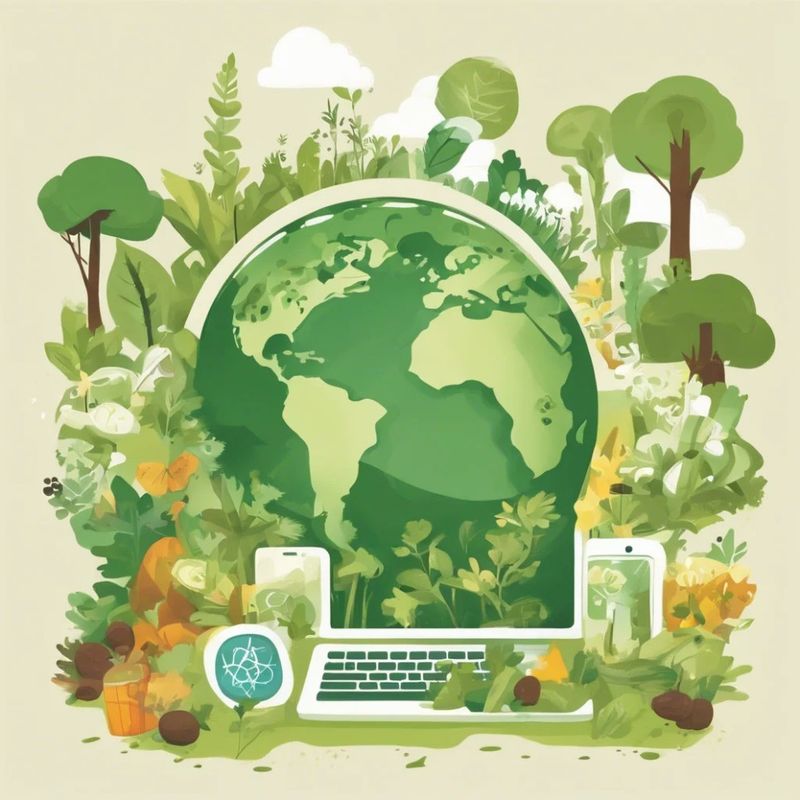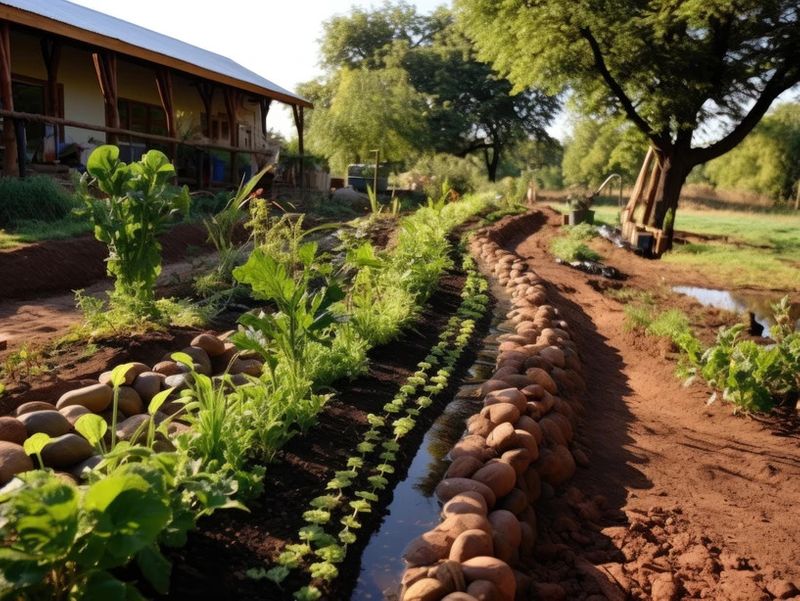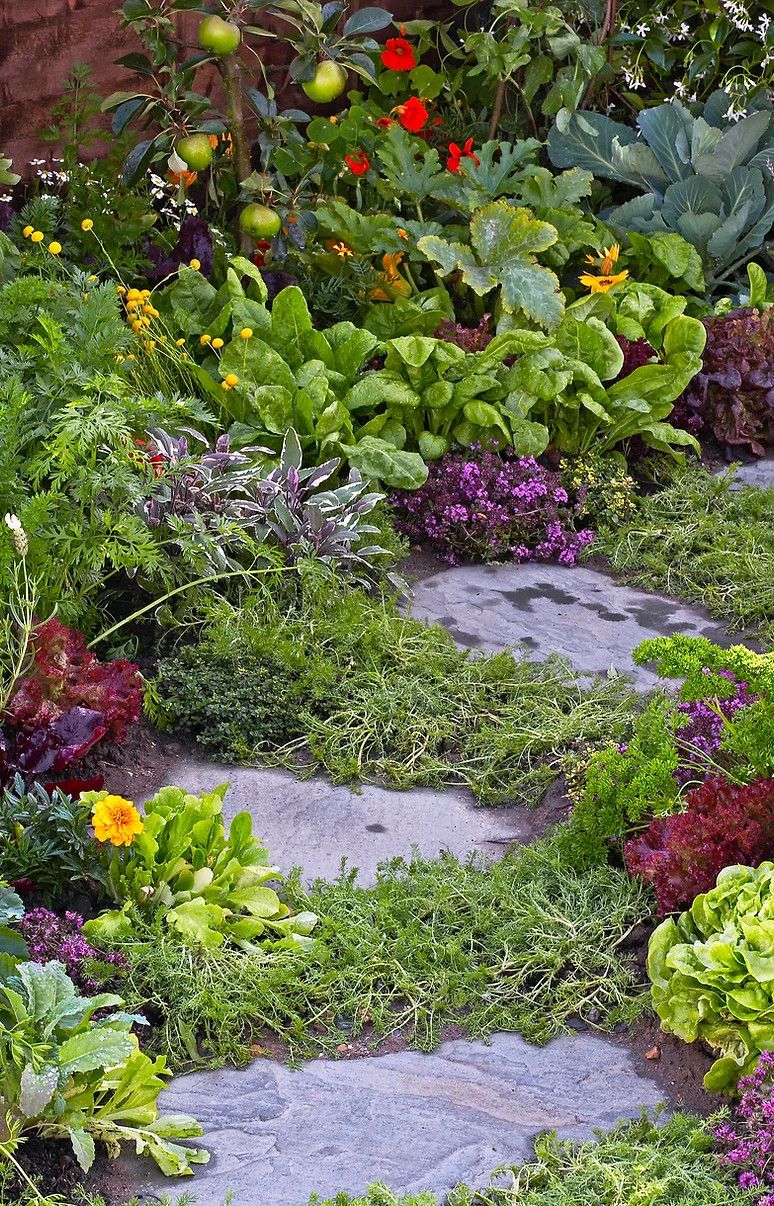Blog
Learn with Us
Why Hire a Landscape Designer and Contractor in the Bay Area?
Janet Richardson
An Empowering Guide from a Woman-Owned Landscape Design & Build Company!
If you’re dreaming of transforming your outdoor space into a thriving, beautiful, and low-maintenance garden, working with a full-service landscape design, build & maintenance company in the Bay Area can make all the difference. At Sustain with Me Landscapes, we specialize in creating gardens that are not only stunning but also sustainable, personalized, and pollinator-friendly. Our projects are designed to withstand the test of time and supported by our maintenance team.
Let’s look at some of the common questions we get from people looking to transform their garden here in the East Bay.
1. What are the benefits of hiring a landscape designer and landscape contractor team in the Bay Area?
Hiring a professional landscape designer in the Bay Area ensures that your garden is both functional and beautiful—crafted specifically for our unique microclimates. By choosing a licensed and insured landscape contractor, you gain peace of mind knowing your project is in expert hands. Our team carefully selects the right plants for the right places, helping your landscape thrive with minimal maintenance. Since our company is a full-service design, installation and maintenance firm, you can rest assured that the design you chose will be followed and your garden will be kept true to style. Your design isn’t just custom—it’s curated to your lifestyle, soil, and sun conditions. Plus, we follow strict environmental and safety regulations to protect your family and local ecosystem. With a focus on native plants and pollinator habitat, your garden becomes a space that gives back—supporting bees, butterflies, and beneficial wildlife for years to come.
moreFire-Safe Landscapes Start at Home: How Sustain With Me Landscapes Helps Alameda County Homeowners Meet 2024 Fire Abatement Codes
Amelia Greenland
As a parent living in Berkeley and running a local landscape design/build company, I don’t take fire season lightly. Like many of you, I’ve watched in heartbreak as fires across California—most recently in the hills above Los Angeles—have claimed homes, habitats, and lives. It’s a deep and ongoing tragedy that reminds me why the work we do at Sustain With Me Landscapes matters—not just for beauty and biodiversity, but for safety.
While we don’t specialize in fire mitigation, our core focus on California native and edible gardens naturally supports homeowners in meeting Alameda County’s updated 2024 fire abatement codes. By designing with ecological function and long-term sustainability in mind, we help create outdoor spaces that are both resilient and compliant.
Understanding Defensible Space: Zones 0 and 1
To meet current fire code standards, properties must establish and maintain defensible space in two key zones:
-
Zone 0 (0–5 feet from structures): This area must be kept clear of combustible materials. We replace wood raised beds and bark mulch with non-combustible materials like gravel, steel, and concrete masonry units (CMU), and avoid flammable, high-oil plants near the home.
more
The Beauty and Necessity of California Native Plants in Your Garden
California's diverse ecosystem offers a rich array of native plants that not only enhance the beauty of your landscape but also contribute to environmental sustainability and biodiversity. For East Bay homeowners, incorporating native plants into landscaping can transform outdoor spaces while supporting local wildlife, sequestering carbon and reducing water use. Learn more about the benefits native plants can bring, then contact our team at Sustain With Me Landscapes to start designing your outdoor space!
moreWhy Choose Sustain With Me Landscapes for Your Garden Transformation
When it comes to transforming your outdoor spaces, selecting the right landscaping contractor is crucial. Sustain With Me Landscapes offers a full range of personalized eco-conscious landscape design, installation and maintenance, making us your top choice for all your landscaping needs in the East Bay. Here’s why we stand out.
moreYour Yard is a Carbon Sink
Janet Richardson, Lead Designer
What is a carbon sink?
A carbon sink is a natural Carbon sequestration process that removes carbon (CO2) from our atmosphere and stores it. Examples of carbon sinks include plants, healthy soil and the ocean. Plants sequester carbon by absorbing carbon dioxide through their leaves and storing it in the form of sugars. Plants then return to the soil as organic matter. In the ocean, phytoplankton (microscopic marine plants) absorb carbon that then returns to be stored on the seafloor.
Carbon sequestration is a process that is vital to Earth’s systems and human life as we know it. As our activities continue to release more and more carbon into the atmosphere, carbon sinks become increasingly important to cultivate and care for.
According to the Guardian, scientists have found that our major carbon sinks of Earth’s trees and land absorbed little CO2 in 2023. This breakdown of these essential systems is tied to rising heat resulting in drought and wildfires. The article explains how the last remaining carbon sink - a tropical rainforest known as the Congo Basin - is the only rainforest remaining that removes more carbon than it releases, due to its biodiversity and resilience (for now) against drought.
moreWhat is a Food Forest?
Ever heard of a food forest? Imagine walking through a lush forest, plucking fresh fruits, nuts, and vegetables straight from the plants around you. That’s the essence of a food forest, a sustainable and self-sufficient way to grow food by mimicking natural ecosystems. Rooted in the principles of permaculture, food forests are designed to be diverse, resilient, and abundant.
moreFrom Soil to Skin: The Environmental Ripple of the Wild Yam Cream Boom
Today, I found myself pondering over the rising craze for wild yam cream, acclaimed for its hormone-balancing prowess. This intrigue led me down a rabbit hole of thoughts about the production process and its environmental ramifications. With a growing number of enthusiasts seeking this elixir, I can't help but wonder about the ethical and sustainable production challenges that loom large on the horizon.
morePractical Water Conservation for Your Garden
Creating a sustainable garden is about smart planning and using techniques that work with nature. Water conservation is key in this process, drawing on practices that have been around for centuries. It's important to recognize these methods are rooted in the knowledge of indigenous peoples, and in my work in the Bay Area, particularly on land that was once home to the Ohlone people, I strive to honor these origins.
moreLow Water Gardening in the Bay Area: A Sustainable Oasis
In the vibrant landscape of the Bay Area, where nature's beauty meets urban sophistication, cultivating a garden that thrives on minimal water usage is not just a choice; it's a sustainable lifestyle. As we delve into the realm of **low water gardening**, we uncover not only the secrets to a flourishing garden but also the environmental impact that accompanies this mindful approach.
more

